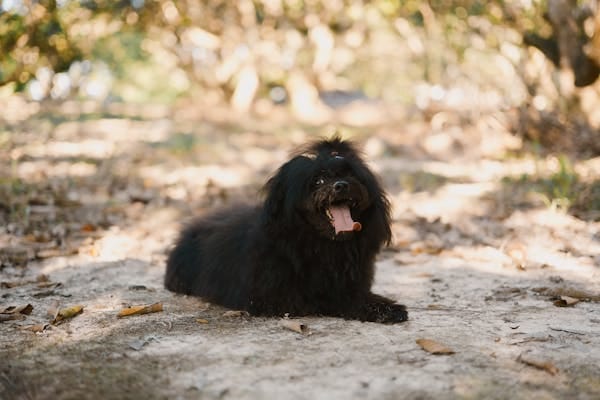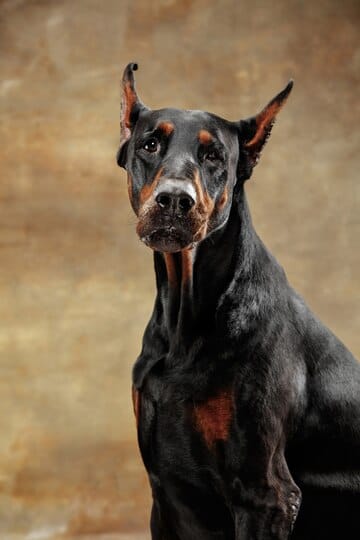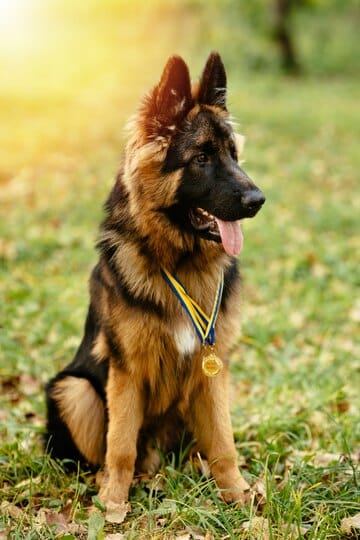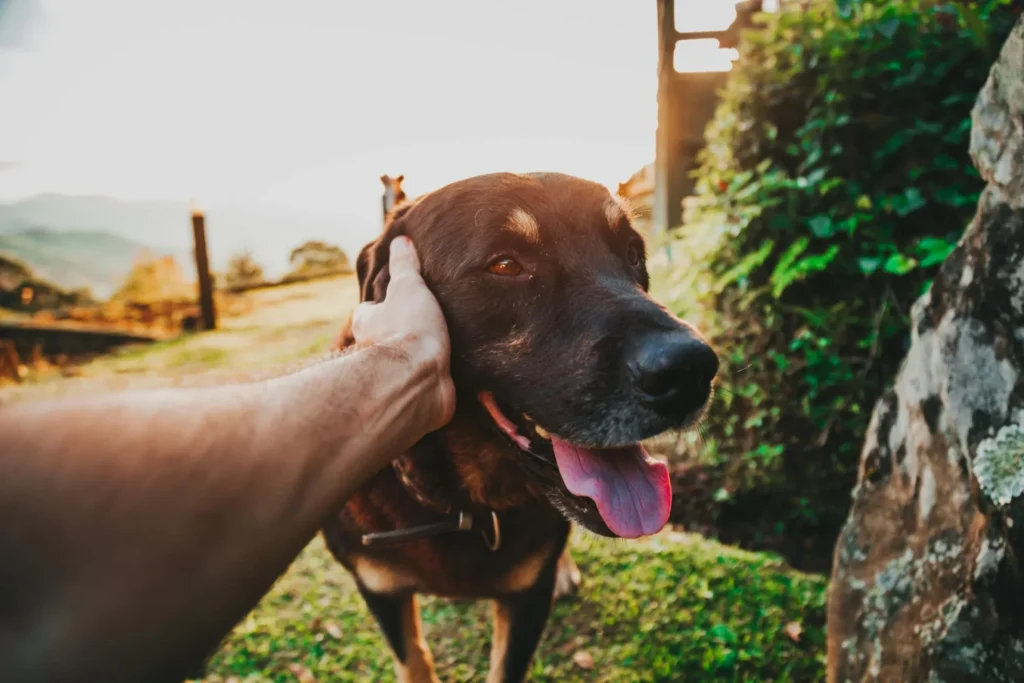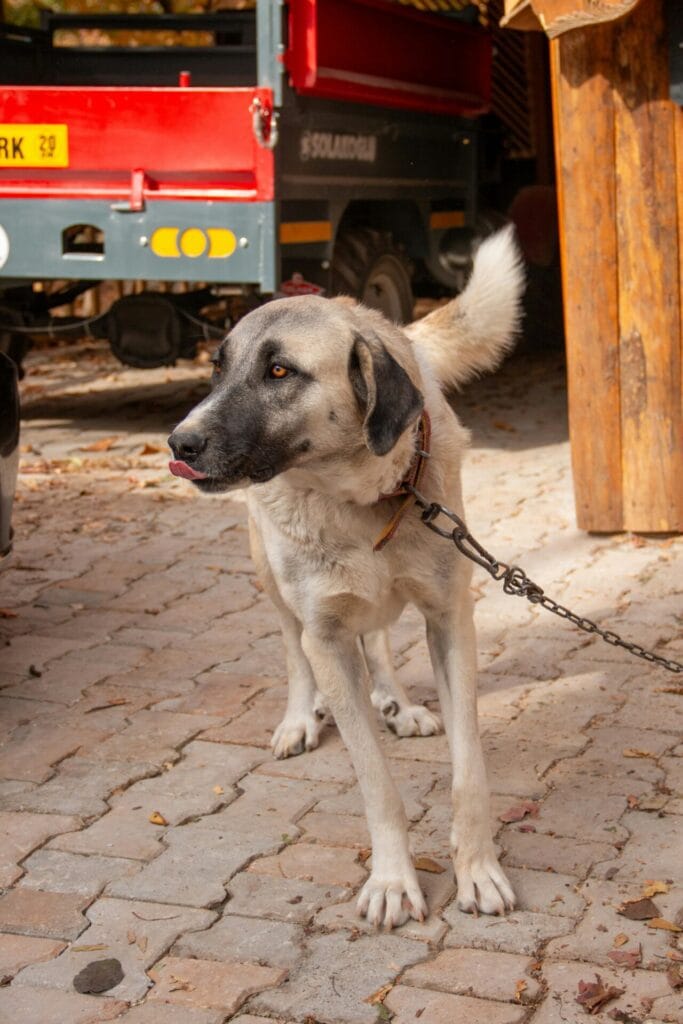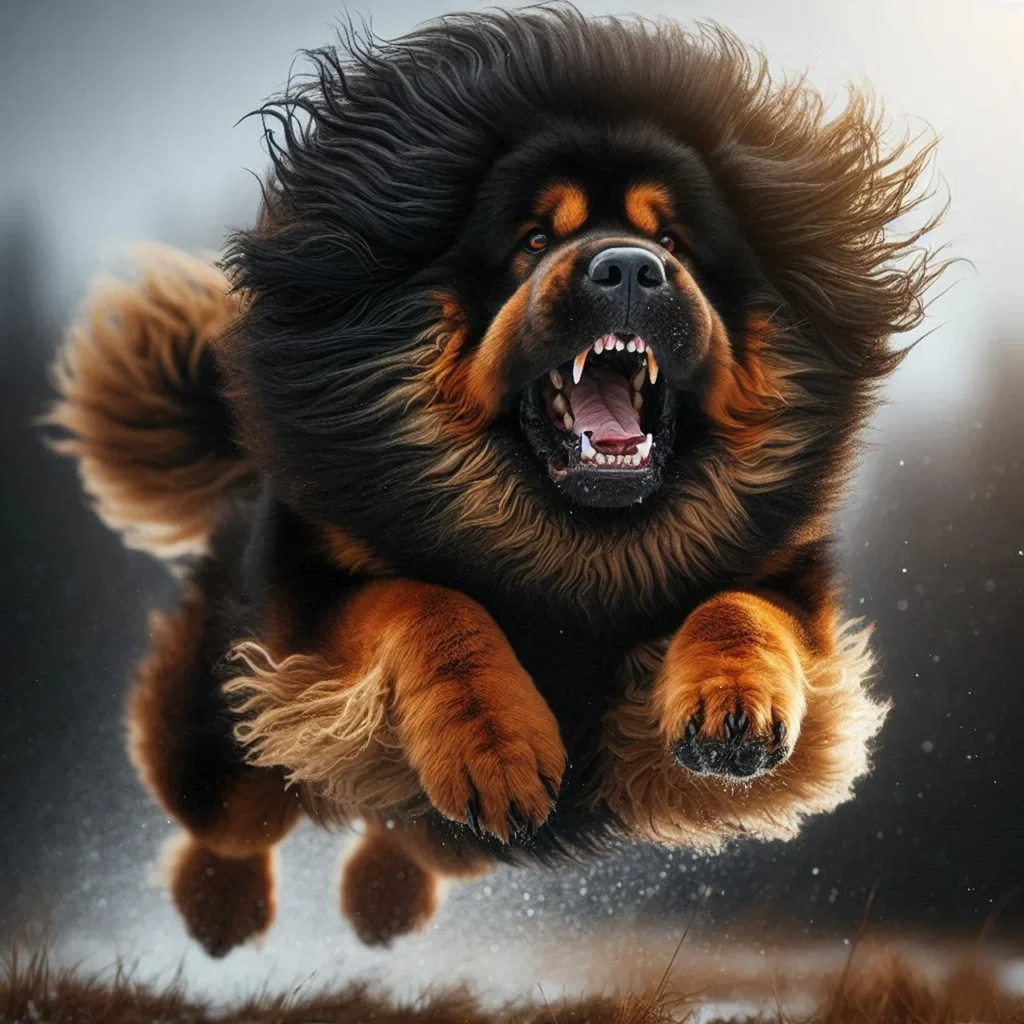- 1. Introduction to Dalmatians 🐾
- 2. Anatomy of a Dalmatian’s Jaw 🦴
- 3. Bite Force Measurement 📏
- 4. Comparative Bite Force Analysis 🔍
- 5. Factors Influencing Bite Strength 💪
- 6. Dental Structure 🦷
- 7. Behavioral Implications 🐕
- 8. Training and Bite Management 🏆
- 9. Health Considerations 🏥
- 10. Breed-Specific Bite Characteristics 🐾
- Conclusion
- Frequently Asked Questions ❓
1. Introduction to Dalmatians 🐾
Dalmatians are distinctive dogs known for their unique spotted coats and historical roles as carriage dogs, firehouse companions, and working animals. Originating from Croatia, these dogs have a rich history of service and companionship.
Breed Characteristics
- Medium to Large Size
- Athletic Build
- High Energy Levels
- Intelligent Temperament
2. Anatomy of a Dalmatian’s Jaw 🦴
Dalmatians possess a robust jaw structure designed for strength and functionality:
Jaw Anatomy Details
- Powerful Muscular Composition
- Strong Mandibular Structure
- Well-Developed Masticatory Muscles
Bite Mechanics
| Anatomical Feature | Characteristics | Functional Significance |
|---|---|---|
| Jaw Muscles | Highly Developed | Enhanced Bite Strength |
| Tooth Structure | Sharp Canines | Efficient Gripping |
| Jaw Alignment | Scissor Bite | Precise Cutting Motion |
3. Bite Force Measurement 📏
Dalmatian Bite Force: Approximately 220-230 PSI (Pounds per Square Inch)
Measurement Methodology
- Scientific Bite Force Gauges
- Controlled Testing Environments
- Multiple Sample Measurements
Comparative Bite Force Chart
| Dog Breed | Bite Force (PSI) |
|---|---|
| Dalmatian | 225 |
| German Shepherd | 238 |
| Rottweiler | 328 |
| Chihuahua | 120 |
4. Comparative Bite Force Analysis 🔍
Dalmatians demonstrate a moderate to strong bite force compared to other breeds:
Factors Influencing Variation
- Individual Dog Genetics
- Age and Health
- Training and Conditioning
- Emotional State
5. Factors Influencing Bite Strength 💪
Key elements affecting a Dalmatian’s bite force:
- Genetic Predisposition
- Inherited Muscular Structure
- Breed-Specific Traits
- Nutritional Impact
- Protein-Rich Diet
- Muscle Development
- Overall Health
- Age and Development
- Peak Strength: 2-5 Years
- Gradual Muscle Maturation
6. Dental Structure 🦷
Tooth Configuration
- 42 Total Teeth
- Sharp Canines
- Strong Enamel
- Efficient Cutting Edges
Dental Health Considerations
- Regular Dental Maintenance
- Professional Cleaning
- Preventative Care
7. Behavioral Implications 🐕
Dalmatians’ bite force relates directly to their behavioral characteristics:
Behavioral Traits
- Protective Instincts
- High Energy
- Work-Oriented Temperament
- Intelligent Problem Solving
8. Training and Bite Management 🏆
Effective Training Strategies
- Positive Reinforcement
- Early Socialization
- Consistent Boundaries
- Professional Guidance
Bite Inhibition Techniques
- Redirect Biting Behaviors
- Teach Gentle Mouth Control
- Reward Calm Interactions
9. Health Considerations 🏥
Potential Health Factors Affecting Bite Strength:
- Dental Issues
- Muscle Conditions
- Nutritional Deficiencies
- Age-Related Changes
10. Breed-Specific Bite Characteristics 🐾
Unique Dalmatian Bite Traits:
- Precise Grip
- Controlled Bite Pressure
- Adaptive Jaw Mechanics
Conclusion
Dalmatians possess a remarkable bite force that reflects their athletic and working dog heritage. Understanding their jaw mechanics, bite strength, and behavioral traits helps owners provide appropriate care and training.
Frequently Asked Questions ❓
Q1: Are Dalmatians dangerous?
A: No, with proper training and socialization, they’re friendly companions.
Q2: How can I manage my Dalmatian’s bite?
A: Early training, positive reinforcement, and consistent boundaries.
Q3: Do all Dalmatians have the same bite force?
A: No, individual variations exist based on genetics and health.
Disclaimer: This guide is prepared by canine experts with extensive research background. 🐶



